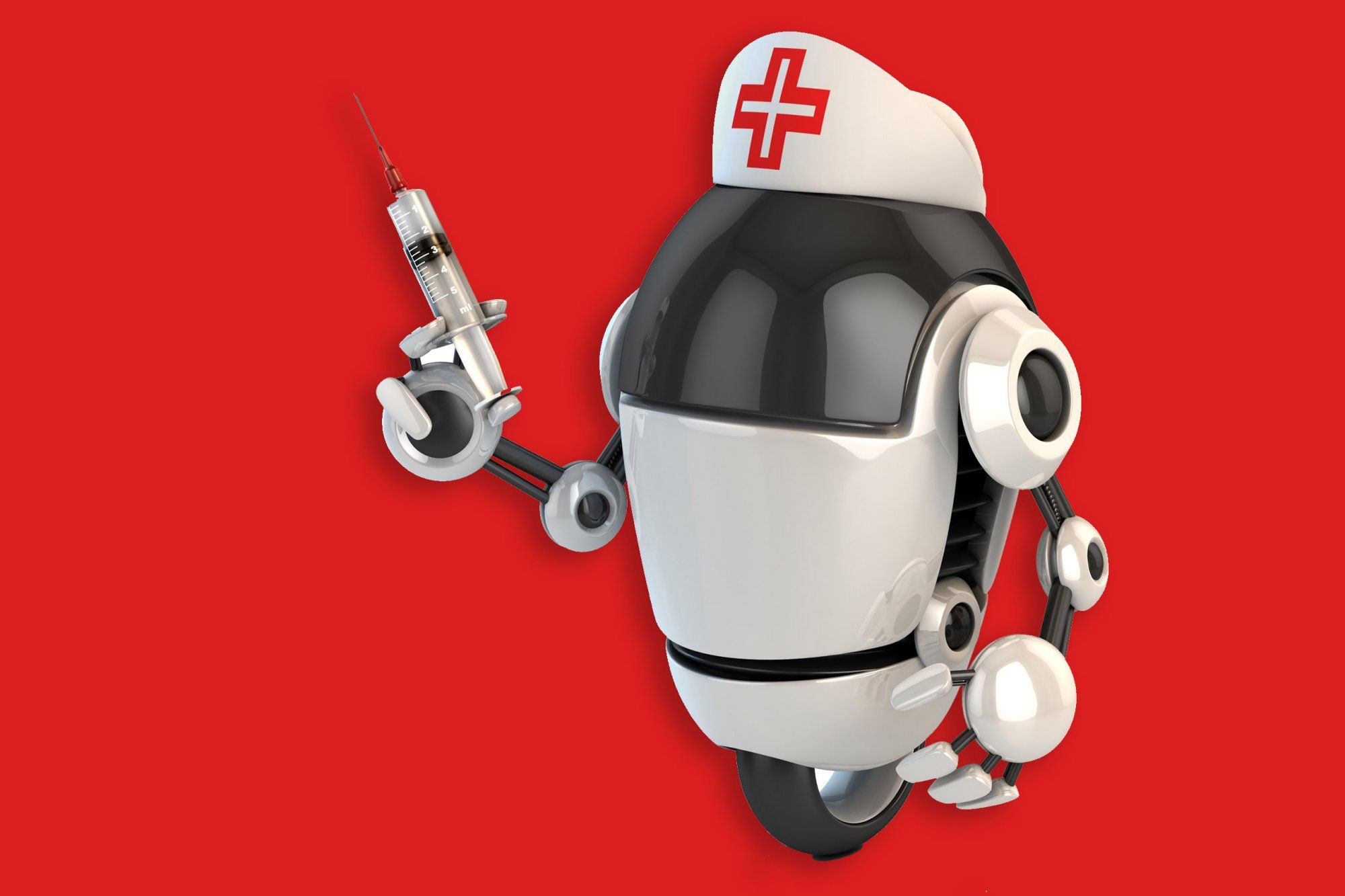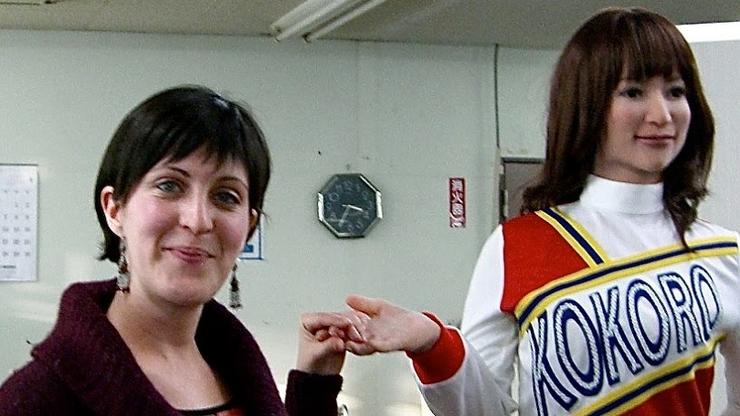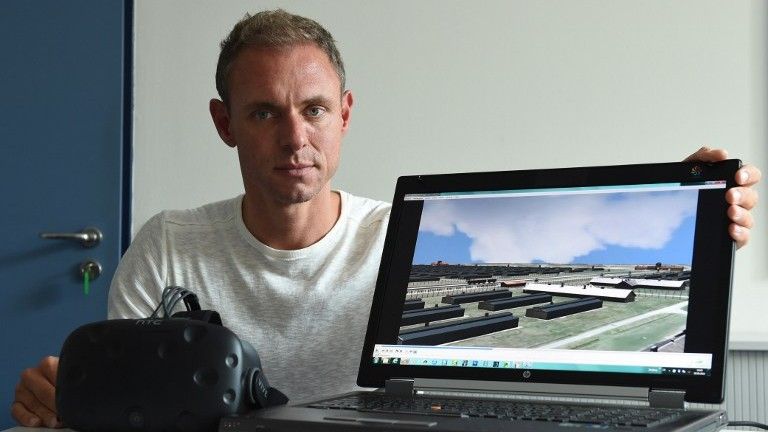By 2022, one million nurse jobs will be unfilled—leaving patients with lower quality care and longer waits. But what if robots could do the job?
Scared of superintelligent AI? You should be, says neuroscientist and philosopher Sam Harris — and not just in some theoretical way. We’re going to build superhuman machines, says Harris, but we haven’t yet grappled with the problems associated with creating something that may treat us the way we treat ants.
Hmmmm.
By: Claire Bernish / (The Free Thought Project) On Saturday, the United States ceded oversight of one of the Internet’s most basic and fundamental functions — the so-called “root zone,” which governs new domain names and addresses — handing it over to a small non-profit group by allowing a 47-year contract to expire.
For decades, the U.S. Commerce Department held a contract with the Internet Corporation for Assigned Names and Numbers (ICANN) — whose executives and board of directors must now report to an Internet “stakeholder community,” loosely comprised of academics, activists, engineers, government officials, and corporate interests.
In theory, this advisory panel could revoke ICANN’s authority entirely should it not live up to expectations — but all actions “are supposed to be done by consensus.”
Plain wild.
Your skin can say a lot about you — from your age to the last time you saw the sun. Now, an Israeli startup called VocalZoom wants to examine skin to make much more complicated analyses: comprehending what we say.
When we talk, the skin on our faces make subtle vibrations, too slight to be noticed with the human eye. While experimenting with an instrument known as an interferometer, VocalZoom CEO Tal Bakish and his team noticed it could detect peculiar measurements. “When it measures the face, we found out that the vibrations were caused only by the speaker’s voice and were not affected at all by any background voice,” he told Digital Trends. “At this point we realized that we have a disruptive technology to extract the voice of speaker in any noisy condition.”
Related: Microsoft hits another milestone in speech-recognition software accuracy.
A sauna in the living room; I want one.
London Design Festival 2016: Swiss company Küng has designed a series of saunas that can be installed in the living room to take advantage of limited living space.
Created as smaller versions of the company’s existing saunas, the collection features three different designs, each of which fit into two square metres of space.
Nice read.
When square CSRR cells were cascaded (Fig. 12), a compact SIW circuit was achieved with bandpass response, with low return and insertion losses from 7.2 to 10.0 GHz. This compact bandpass filter has dimensions of 34 × 18 mm2 and is formed from three cascaded CSRR cells. It was simulated from 4 to 10 GHz with simulated results of −33.1-dB minimum return loss and 0.3-DB insertion loss at 8.8 GHz (Fig. 13).
The miniature CSRR-loaded SIW bandpass filter shows reasonable insertion and return losses from 7.2 to 9.8 GHz. This technology, of fabricating CSRR cells with SIW transmission lines on low-loss microwave substrate materials, shows great promise for the creation of compact bandpass filters at microwave frequencies.
Dr. Benmostefa Naima, Researcher
Nice.
Researchers have come up with a way for making functional neurons directly from human skin cells, including those taken from patients with Alzheimer’s disease. Alzheimer’s Reading Room Asa Abeliovich The new method may offer a critical short cut for generating neurons for replacement therapies of the future, according to research published in the August 5th …“Scientists Make Neurons Directly From Human Skin”









